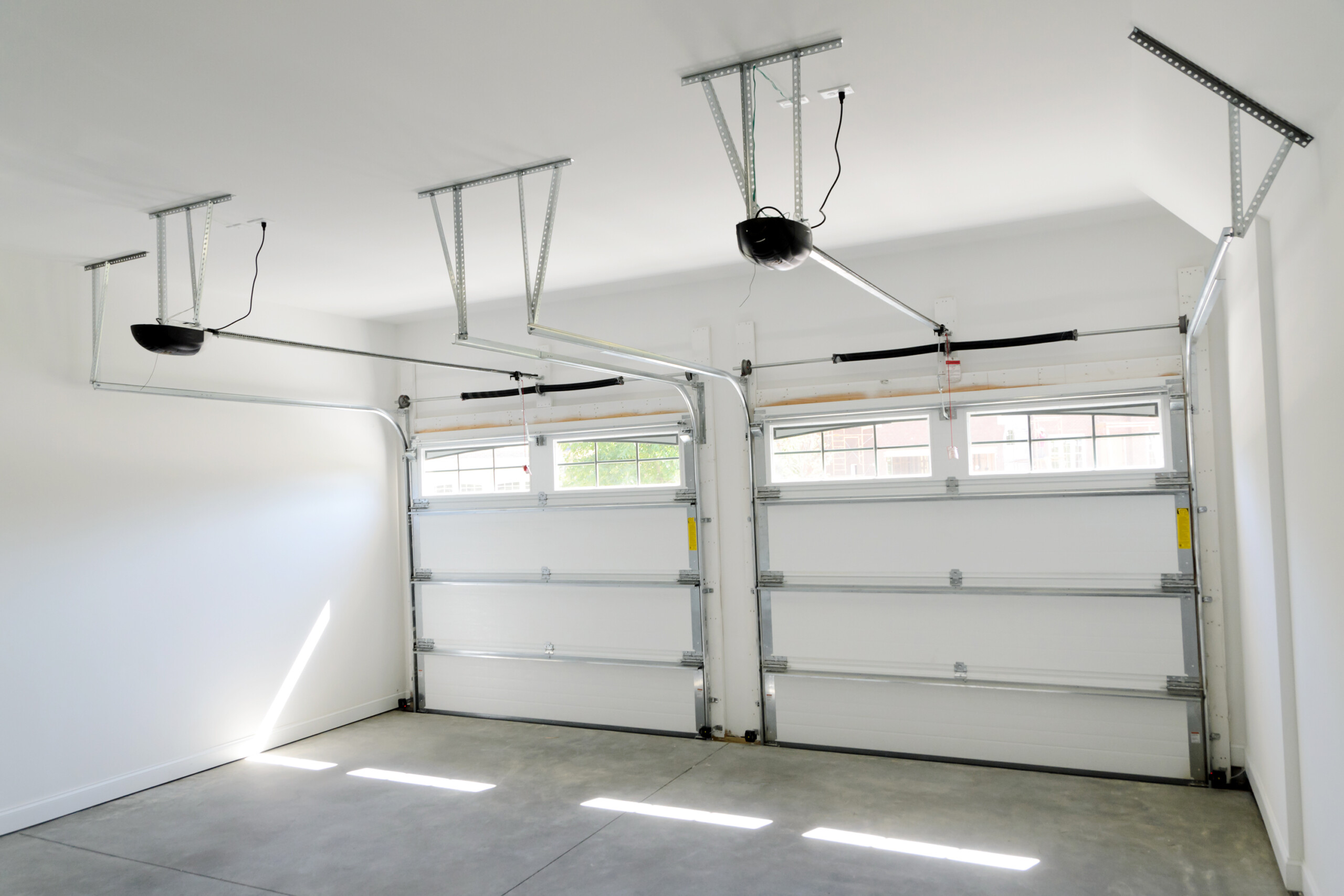Typical Garage Door Troubles and How to Repair Them
Garage doors are essential for both safety and security and benefit, yet they commonly offer a selection of usual issues that can annoy homeowners. While some issues might show up simple to fix, others might call for an extra nuanced understanding of garage door auto mechanics.
Noisy Garage Door Procedure
A loud garage door operation can be a significant resource of inconvenience for property owners, often showing underlying mechanical concerns. Such interruptions may originate from different reasons, including worn-out rollers, loosened hardware, or not enough lubrication. Determining the source of the noise is important for efficient resolution.
One typical reason for too much noise is the visibility of rustic or damaged rollers. Gradually, these components can degrade, bring about grinding or squeaking audios as the door relocations. Normal assessment and substitute of these rollers can substantially reduce sound degrees. Furthermore, loose bolts or screws in the door system can produce rattling audios throughout procedure. Tightening these bolts guarantees an extra stable and quieter motion.
Another adding variable is inadequate lubrication of the door's moving components. Applying a high-grade lubricant to the tracks, springtimes, and rollers can greatly decrease friction and sound. Home owners should perform this maintenance periodically to preserve ideal efficiency.
Last but not least, the garage door opener might also generate sound as a result of its age or mechanical concerns. If the sound persists despite dealing with other variables, seeking advice from a specialist for a comprehensive assessment and prospective fixing might be needed.
Door Will Not Open Up or Shut
Experiencing a garage door that won't open or close can be extremely aggravating and commonly signifies a malfunction within the system. Several elements can contribute to this problem, and identifying the root reason is important for effective resolution.

Next, inspect the security sensors located at the base of the door. These sensors can come to be misaligned or obstructed by debris, stopping the door from running appropriately. Tidy the sensors with a soft fabric and guarantee they are aligned.
Furthermore, the garage door's internal elements need to be assessed. Problems such as a busted spring, damaged rollers, or a harmed opener can restrain movement. If any type of elements seem damaged, it may be suggested to seek advice from a specialist for repair services.
Misaligned Tracks
If you discover any kind of inconsistencies, it is important to deal with the concern quickly. Thoroughly touch the track back into its correct setting using a rubber club or a similar tool, guaranteeing it is straight and level.
Normal upkeep, consisting of cleaning up the tracks and making sure rollers are in excellent condition, can stop future misalignments. By dealing with misaligned tracks promptly, you can bring back the capability of your garage door and improve its durability.
Broken Springs
Among the numerous elements of a garage door system, damaged springs are one of the most typical issues that can considerably restrain its capability. Garage door springs are critical for stabilizing the weight of the door, enabling smooth opening and closing. When a springtime breaks, it can result in a door that is difficult to run or, in some cases, completely inoperable.
There are two main kinds of springs: torsion springs, which are mounted above the door, and expansion springtimes, located on either side. Indicators of a busted springtime consist of a door that will not open up, a noticeable gap in the spring, or a loud noise throughout operation. Trying to run a garage door with a busted springtime can trigger additional damage to the door or the opener.
Repairing damaged springs is not a DIY task; it calls for specialized devices and competence because of the high tension entailed. It is suggested to consult an expert technician that can securely replace the springs and make certain the door is effectively balanced. Regular upkeep and examinations can aid stop spring failures and expand the life expectancy of the garage door system.
Remote Issues

The initial step is to inspect the batteries in the push-button control. Change them if they are weak or dead. If the remote still stops working to operate, examine the garage door opener to guarantee that its sensing units are tidy and unhampered. Dirt, particles, or misalignment may hinder the signal transmission between the remote and the opener.
Disturbance from other electronic devices can also restrain remote capability. Guarantee that neighboring gadgets, such as cordless routers or cordless phones, are not creating disturbances. garage door service. If interference is thought, try relocating these gadgets further far from the garage door opener
In many cases, the remote might require to be reprogrammed. Seek advice from the producer's guidelines to reset the remote and synchronize it with the garage door opener. If all else stops working and the remote continues to malfunction, consider getting in touch with a specialist specialist for an extensive inspection and possible replacement of the remote or opener.
Verdict
Comments on “Dependable Garage Door Repair for Safety and Optimal Performance”